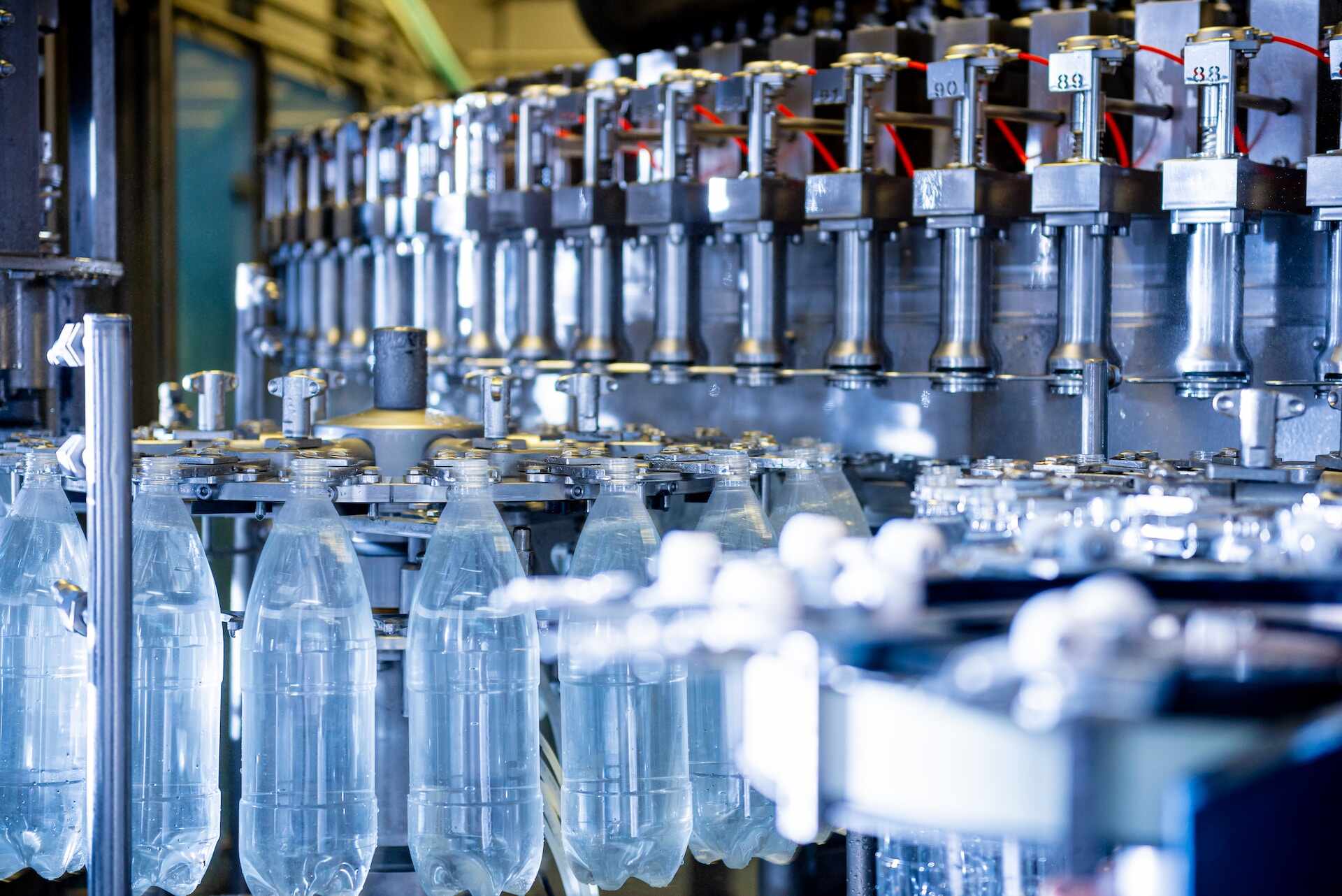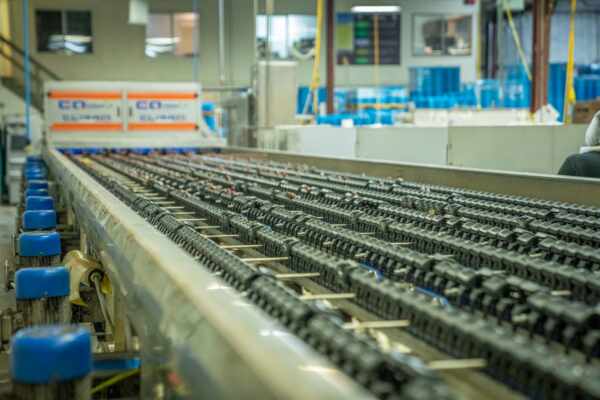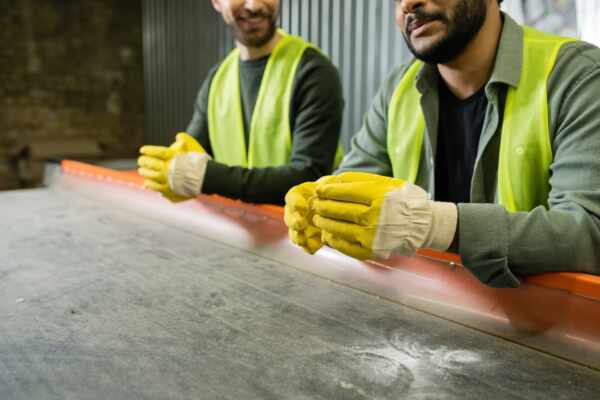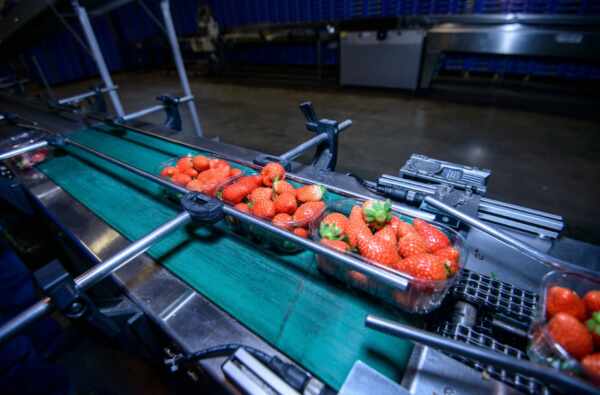In food manufacturing facilities, conveyor belt systems play a crucial role in moving and processing products efficiently and hygienically. Over time, wear, damage, or age may impact the performance of your conveyor belts, leading to a critical decision: whether to repair the conveyor belt or replace it entirely. This decision can significantly impact your operations, affecting factors such as downtime, product quality, and overall system lifespan.
As a food manufacturer, understanding the key factors involved in the decision-making process is essential for maintaining operational efficiency, minimising disruptions, and ensuring product quality. By weighing the costs, benefits, and potential risks associated with each option, you can make an informed choice about when to repair or replace your conveyor belt system, maximising performance and return on investment.
In this comprehensive guide, we will explore the critical factors to consider when deciding between conveyor belt repair or replacement in your food manufacturing facility. Learn how to assess the state of your conveyor belt system, evaluate repair options, and determine the optimal course of action to maintain peak performance and extend the life of your conveyor belt systems.
Assessing the State of Your Conveyor Belt System
Before determining whether to repair or replace a conveyor belt in your food manufacturing facility, you must first assess the condition and performance of the system. Keep the following factors in mind when evaluating your conveyor belt system:
1. Age and Lifespan: Consider the age of your conveyor belt system and its expected lifespan. A regularly maintained system can often exceed its projected service life; however, if your conveyor is reaching or has passed its anticipated life expectancy, replacement may be the most cost-effective solution.
2. Wear and Damage: Examine the conveyor belt for signs of wear, such as fraying edges, surface abrasions, or cracks. Extensive wear or damage may necessitate replacement, whereas minor issues might be resolved through maintenance or repair.
3. System Performance: Evaluate the overall performance of your conveyor belt system, considering factors such as tracking, tension, and energy efficiency. A decline in performance may indicate underlying issues warranting repair or necessitating replacement.
4. Frequency of Breakdowns: Track the number of breakdowns or system failures in your conveyor belt system. Frequent failures may be an indicator that investing in a new system would be more cost-effective in the long term.
Evaluating Repair Options
If you determine that your conveyor belt system is repairable, you will need to consider the various repair options available. Some common repair methods include:
1. Vulcanisation: Vulcanisation involves using heat and pressure to bond damaged sections of the conveyor belt, providing a strong and long-lasting repair. This method is often suitable for repairing small to medium-sized tears or punctures.
2. Cold Bonding: Cold bonding utilises chemical adhesives to bond damaged belt sections, without the need for heat or pressure. This method can be ideal for minor repairs, such as sealing frayed edges or addressing small abrasions.
3. Mechanical Fastening: Mechanical fastening involves using connectors, such as plates or hinges, to secure damaged belt sections. This method may be suitable for situations where a quick temporary fix is needed, or for minor damage.
4. Replacement of Belt Sections: In some cases, replacing damaged belt sections with new components may be the most efficient repair method.
Understanding the Costs and Benefits
When deciding between conveyor belt repair and replacement, it is crucial to weigh the associated costs and benefits of each option. Consider the following factors:
1. Investment Costs: Comparing the costs of repair versus replacement can provide a clearer understanding of the investment required. If repair costs are too high or will likely recur, investing in a replacement belt may be the most cost-effective solution.
2. Operational Downtime: Evaluate the amount of downtime associated with repair compared to replacement. If repair or maintenance work will significantly disrupt operations, purchasing a new conveyor belt system may be the preferable option.
3. Product Quality: Consider the potential impact of repair or replacement on your food manufacturing process and product quality. Ensure that your chosen solution maintains the expected level of quality, hygiene, and consistency in your operations.
4. Energy Efficiency: Weigh the energy efficiency of your existing conveyor belt system against the potential improvements provided by a new system. Investing in a modern, energy-efficient conveyor belt system can pay dividends in reduced operational costs over time.
Making the Optimal Decision for Your Facility
With a comprehensive understanding of the factors impacting conveyor belt repair and replacement, you can now make informed decisions that align with your operational needs, budget, and overall objectives. By utilising a combination of system assessment, repair options evaluation, and cost-benefit analysis, you can determine the most effective solution for maintaining peak conveyor belt system performance and driving long-term success in your food manufacturing facility.
Conclusion
Deciding between conveyor belt repair and replacement is a critical decision for food manufacturers looking to maintain operational efficiency, product quality, and extend the life of their conveyor belt systems. Thoroughly assessing your conveyor belt system’s state, evaluating repair options, and weighing costs and benefits can provide invaluable insights to help make the right choice for your facility. Embrace the power of informed decision-making to propel your food manufacturing operation to new heights in efficiency and success.
Seeking expert guidance on conveyor belt repair or replacement in your food manufacturing facility? Contact Change Parts Pty Ltd today for tailored advice, high-quality conveyor belt equipment, and exceptional support designed to help you make informed decisions and elevate your operations in the competitive food manufacturing sector.




